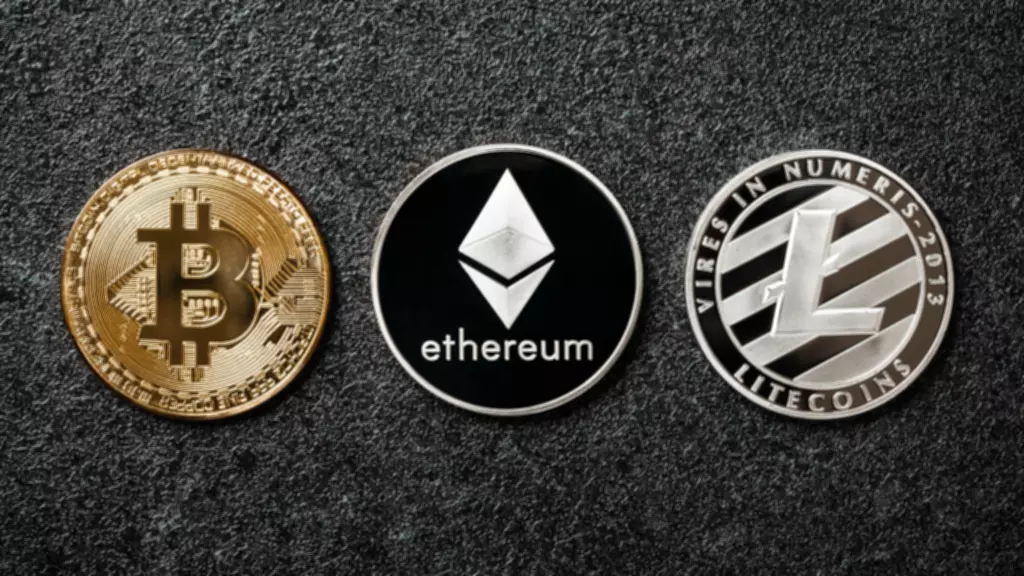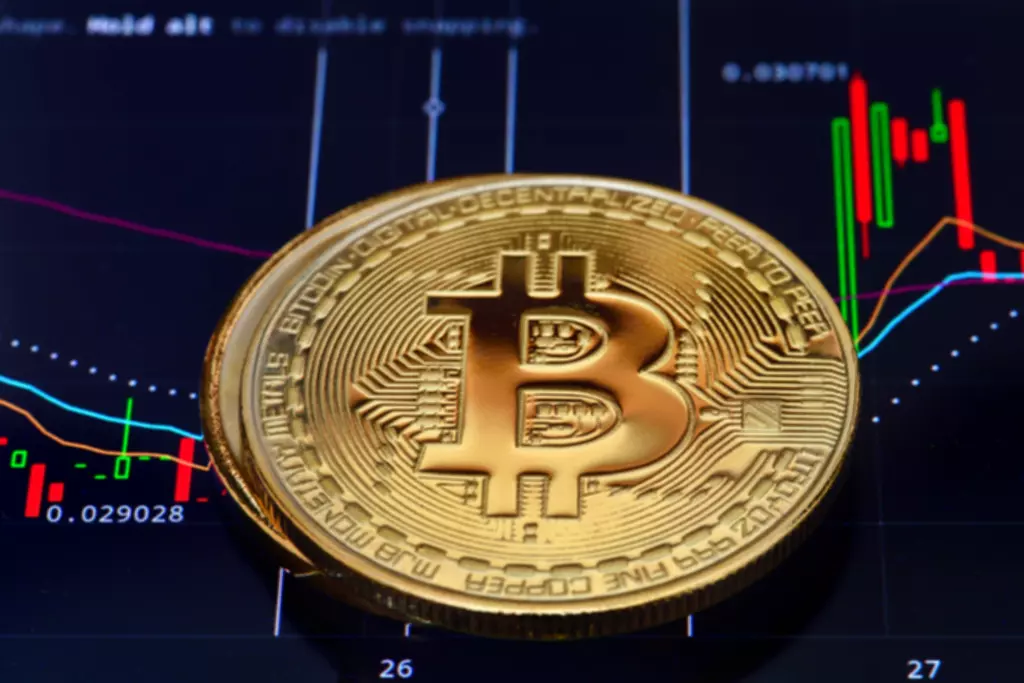Content
In the best case, if you don’t want to push the price up and incur huge slippage, you’d have to accumulate your position over a week or even a few weeks. Illiquid assets often become subjects of speculations, and pump and dump schemes. It is easier for pumpers to influence the price of an illiquid asset by buying or selling a large chunk of the daily volume of this asset. If the asset has low crypto liquidity, this “large chunk” of daily volume would cost the buyers less money and still create a significant increase in value.

The LP tokens a user gets is according to the amount of liquidity they have supplied to the pool. When a pool facilitates a trade, the trading fee is proportionally shared amongst the LP token holders. Liquidity pools facilitate https://xcritical.com/ speed, and convenience to the DeFi ecosystem like decentralized trading, lending, borrowing and other DeFi activities. Liquidity pools are the foundation of many decentralized exchanges , such as Uniswap and Pancakeswap.
As a result, making a transaction is relatively easy, which provides extra benefits to liquidity. The benefit of employing liquidity pools is that it eliminates the need for a buyer and a seller to agree to swap two assets for a defined price, instead leveraging a pre-funded liquidity pool. Liquidity is locked by delivering liquidity pool tokens to a time-lock smart contract and relinquishing ownership for a set length of time. Developers will not be able to recover funds from the liquidity pool unless they own LP tokens. Lockups prevent this from happening, which gives potential participants of token sales an extra level of confidence.
Spreads With Outstanding Consistency
A liquidity pool is a supply of cryptocurrencies or tokens locked in a smart contract in order to keep a decentralized exchange liquid for trades to be executed. Liquidity pools allow users to pool their assets in a DEX’s smart contract to provide liquidity for traders to swap between currencies. The main role in the liquidity pools is played by automated market makers . This is a kind of decentralized exchange protocol that utilizes a mathematical formula to determine the price of assets. As opposed to centralized exchanges, assets are priced according to algorithms instead of order books.
A liquidity pool is a pool of crypto tokens secured under a smart contract. These tokens provide decentralized exchanges with the essential liquidity they require. The term “liquidity” refers to the ease with which one can swap a crypto token for another.
Essentially, this means that, given the brisk nature of the cryptocurrency markets, a deal can entered or exited at any time. The system, which has been used for many years, allows buyers and sellers to make more informed decisions. The order book reveals imbalances in the market, which traders can use to get insight into short-term market trends. For example, when there is an increase in the number of buy orders, there will likely be an increase in price because an increased number of traders are bullish. Although the decentralized trading sector contains a great number of liquidity pools, only a select few of them have established themselves as the investors’ first choice. They include Uniswap, Balancer, Bancor, Curve Finance, PancakeSwap, and SushiSwap.
Do You Earn Money In Crypto?
If a liquidity provider intends to get back the liquidity they provided in addition to accrued fees from their portion, their LP tokens must be burned. Different nations have taken varying positions on cryptocurrencies, with some banning them, some allowing them, and still others debating their legality. Brokers must evaluate their own unique demands in order to find the best liquidity provider, and they must base their decision on a variety of variables. There is an opportunity for fraud in a highly centralized liquidity pool. For example, one of the developers in the pool can hijack the pool’s resources. As a result, you must select your liquidity pool carefully and conduct adequate due diligence before depositing your crypto.
This means it’s the middle point between what sellers are willing to sell the asset for and the price at which buyers are willing to purchase it. However, low liquidity can incur more slippage and the executed trading price can far exceed the original market order price, depending on the bid-ask spread for the asset at any given time. Even though it has its drawbacks, What is Crypto Liquidity it helps carry out many DeFi activities like trading, crypto yield farming, lending, arbitrage trading, and profit-sharing. In addition, you can also get passive income by being a liquidity provider. Likewise, buyers cannot devalue the market price below the average price. As a result, the transactions are smoother, and the market is more balanced.
The ease with which an asset can quickly and easily changed into cash referred to as liquidity in the financial markets. Cryptocurrency Liquidity in the context of cryptocurrencies refers to a coin’s ease of exchange into cash or other coins. For all traded assets, including cryptocurrencies, liquidity is crucial.

This phenomena is common in crypto, where cryptoassets can easily be created and deployed into decentralized exchanges , or even incorporated into centralized exchanges. When “convertible to cash” assets or currency are scarce, a crypto liquidity crisis results. They must be able to finance all of your transactions, including deposits in fiat money, purchases of cryptos, trading, and withdrawals, if you have cryptocurrency on the exchange. However, it becomes a serious problem if there aren’t sufficient cash or resources, such as those needed to enable Ethereum to Tether or Bitcoin to USDT transactions. To maintain price ratios, and many DEX platforms utilize a similar model. This algorithm helps ensure that a pool consistently provides crypto market liquidity by managing the cost and ratio of the corresponding tokens as the demanded quantity increases.
Risks Of Liquidity Pools
On the other hand, stocks and cryptocurrency markets have high liquidity, which depends on the traders’ active participation on the trading floor. Liquidity farming or yield farming or liquidity mining may be paralleled with crypto staking at times. However, crypto staking involves supporting a blockchain by participating in validating transactions by committing crypto assets to the network. Blockchain networks that employ the Proof of Stake method for consensus use crypto staking. Investors earn interest while they wait for block rewards to release. When the liquidity provider adds their tokens to the pool, the underlying smart contract will return a “liquidity pool token” representing their stake.
- A single liquidity pool typically holds 2 tokens and each pool creates a new market for that particular pair of tokens.
- Liquidity mining budgets must be carefully managed throughout the campaign.
- Using smart contracts, developers deposit a certain amount of tokens in a cold wallet, locking them for a set period of time.
- The order book is a digital list of crypto buy and sell orders arranged by price levels and updated continuously in real-time.
- A least one year, and ideally three or five years, is recommended to provide investors with the essential confidence.
The importance of this is particularly evident when trading altcoins. If you build up a position in an illiquid coin and cannot sell it at the price you want, you may lose money. When it comes to digital exchanges and cryptocurrencies, assets are bought or sold by moving bits around in computers.
What Is Crypto Liquidity
The purpose of a Liquidity Pool is to allow the trade of crypto assets on a decentralized exchange market. To set up the decentralized crypto exchange market the first liquidity provider will make an initial stake with their own crypto assets. This stake will be set at an equal rate between the two exchanging tokens.
Something that takes a long time and can’t easily be sold or exchanged without a substantial loss in price has “low liquidity”. After each successful cryptocurrency token exchange on the platform, a price adjustment will take place. Some examples of these different AMMs are Curve, Uniswap, and Balancer. Due to the range of interest rates or large returns offered by these exchanges, many cryptocurrency investors decide to park their money there. When working with cryptocurrencies, it’s crucial to understand the concept of liquidity.

Therefore, you could permanently lose the coins if a vulnerability is discovered. You won’t need to worry about finding a partner that would like to trade at the same price as you. Instead, the algorithm adjusts the value of crypto based on the platform’s exchange rate.
Why Are Crypto Liquidity Pools Important?
This causes liquidity to shrink, which can cause extreme price fluctuations, especially negatively. In the mad rush to exit a relatively illiquid market, many can be unable to convert their assets into cash. The more liquid a market is to begin with, the less damaging this flight to liquidity can be. Market liquidity is very important to be aware of in crypto markets because they are so new. A good way to judge the liquidity of a pair is to compare the 24 hour volume of that pair with how much you wish to purchase. If the amount you wish to purchase is more than a fraction of one percent, it suggests the pair is illiquid compared to your position size.
When market volatility is high, crypto holders can find a simple way to exit their positions and reduce losses. Conversely, illiquid asset holders will be unable to sell their coins until they find a motivated buyer, even if the market situation is against them. With high liquidity comes market stability, since there is low price fluctuation. Traders can buy and sell digital assets confidently without worrying about volatility or market manipulation by individuals with large accounts .
When the crypto market is volatile, liquidity will be significantly low because the market price is unstable. The buy and sell orders will take longer to be executed since there is less participation in the market due to volatility. If the market has assets that are difficult to exchange for cash, it becomes “illiquid.” There will be less investor participation, and the prices are prone to manipulation.
On the other hand, the stock or Forex market has a different understanding of liquidity. The bid price and the asking price will be very close to one another if an exchange has a significant volume of transactions that are not driven by selling. Market liquidity is the degree to which a market, say a real estate market, permits the purchase and sale of assets at a predictable, accessible value. Accounting liquidity evaluates a person’s or a business’s ability to determine how quickly they can satisfy their financial responsibilities with the liquid assets at their disposal.
Nft Nyc 2022 Recap: Breaking The Boys Club Culture In Crypto
Currently, cash, for instance, is the primary tool of exchange that can be utilized to buy a painting from a rare collection or, in a more modern case, an NFT, also known as non-fungible tokens. The likelihood of finding someone willing to exchange the item for some other item is pretty slim. The truth is, very few people are willing to exchange their stuff for anything except cash. In this article, we will take a closer look at the concept of liquidity, examine what crypto spot liquidity is and review several ways how to improve crypto spot liquidity.
This is one of the reasons why big buyers and traders enjoy speculating on Bitcoin, besides the fundamental differences with its alternative cryptocurrencies. It is essential to understand that liquidity mining and yield farming are both related, and some investors sometimes use the terms interchangeably. The main difference between these two models is that investing in liquidity mining allows an investor to earn native tokens, and investments in yield farming allow that investor to earn interest. The order book is the foundation on which centralized exchanges and traditional financial trading platforms are built.
On the left the amount of USD volume on FTX, on the right the volume of Binance. Both represent the Bitcoin liquidity traded with USD on their platform. Spread means the difference between the lowest selling price and the highest buying price. The Binance market on the other hand only had a spread of $0.01 which presents near 0%. A liquid crypto market can be entered or left without influencing the price too much. The explosive growth of Decentralized Finance provides new opportunities for crypto holders.
An exchange operator may take on the role of providing liquidity himself, eliminating the need for third parties. As a result of liquidity mining, projects are able to attract press coverage and raise greater awareness. Liquidity mining budgets must be carefully managed throughout the campaign. Pooling liquidity is a profoundly simple concept, so it is used in a number of different ways, one of which is liquidity mining. In the future, liquidity farmers may be able to move funds a lot between different blockchains in search of yields.
The difference in prices comes down to the amount of liquidity available on each “island” . He started trading forex five years ago, and not long after that, he picked up interest in the crypto and blockchain systems. He has been a writer since 2019, and his experience in the Fintech industry has inspired most of his articles. When Temitope is not writing, he takes his time to learn new things and also loves to visit new places. Smart contracts manage the assets added to a pool; there is no central authority or custodian for these assets.


















